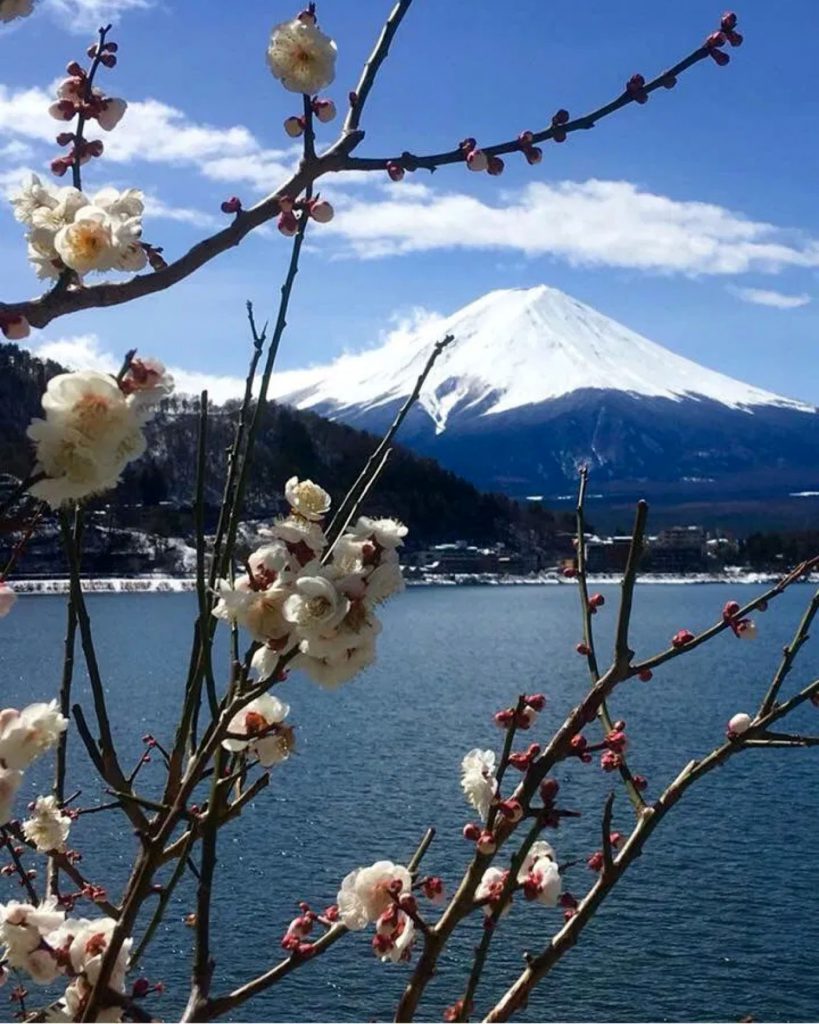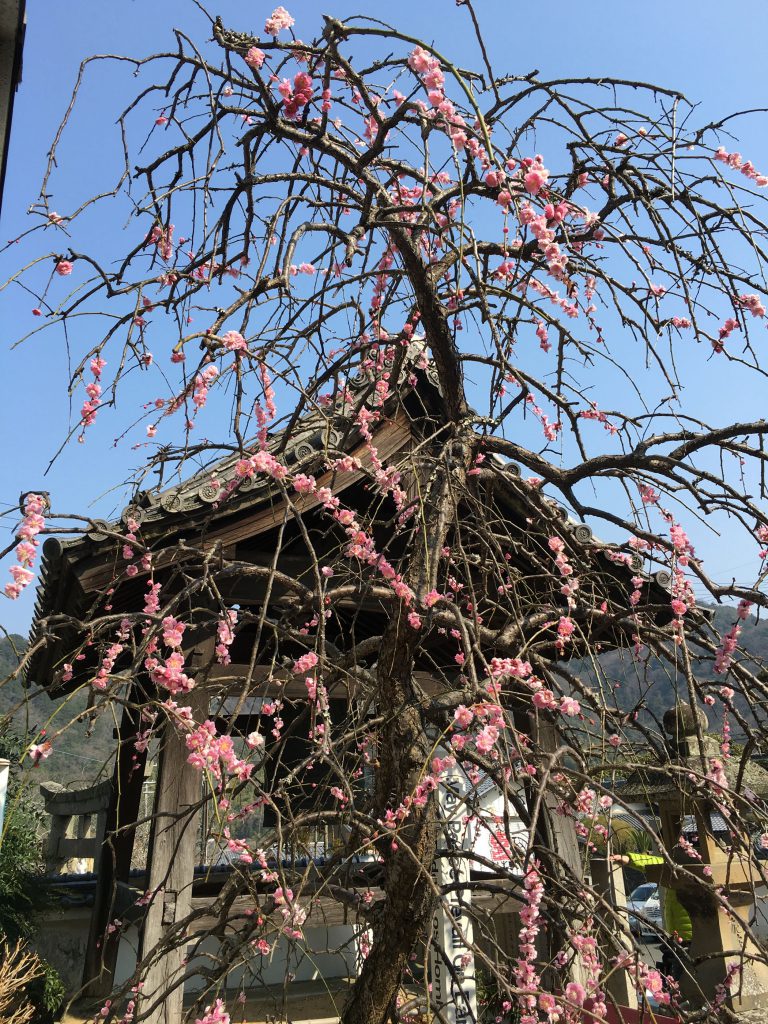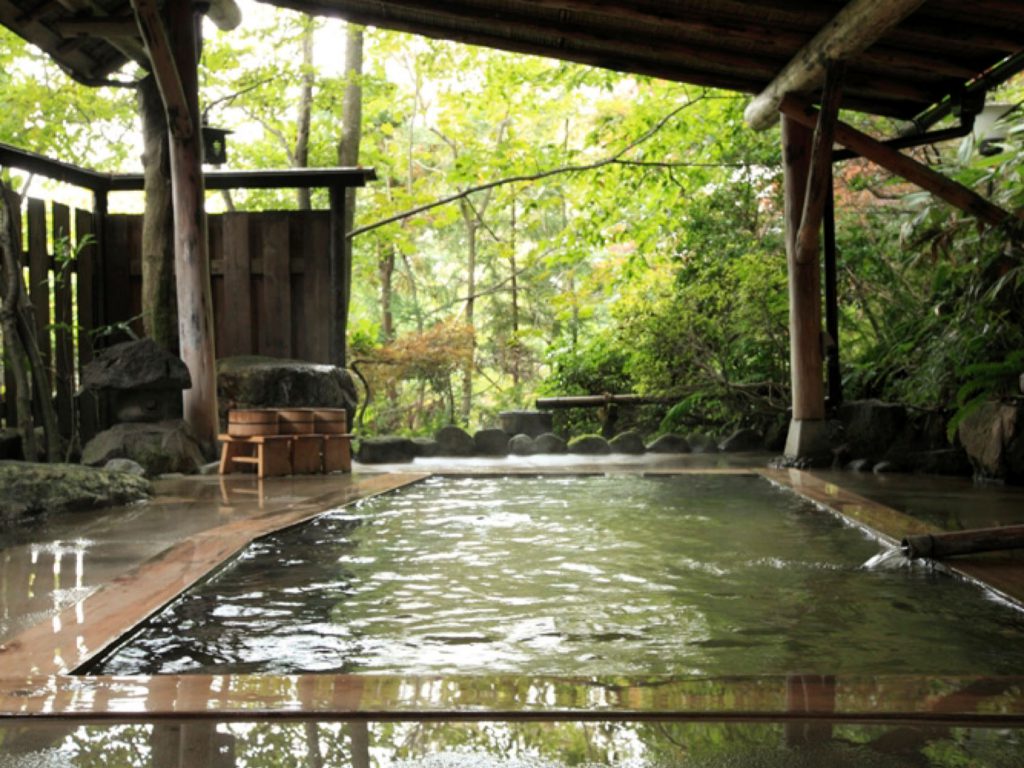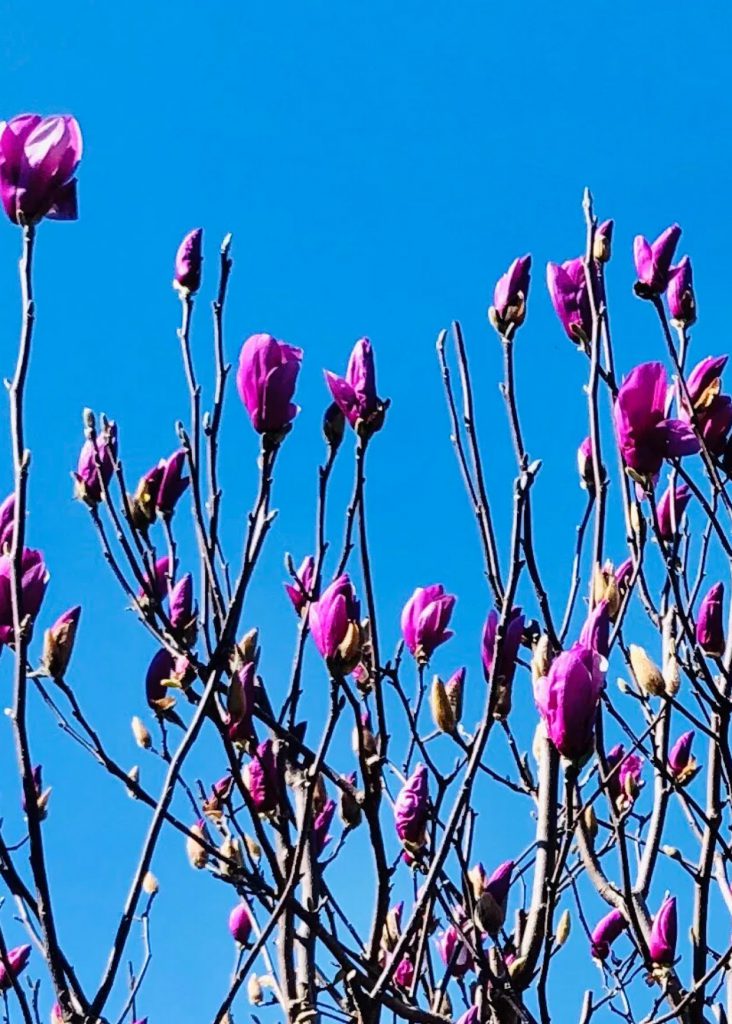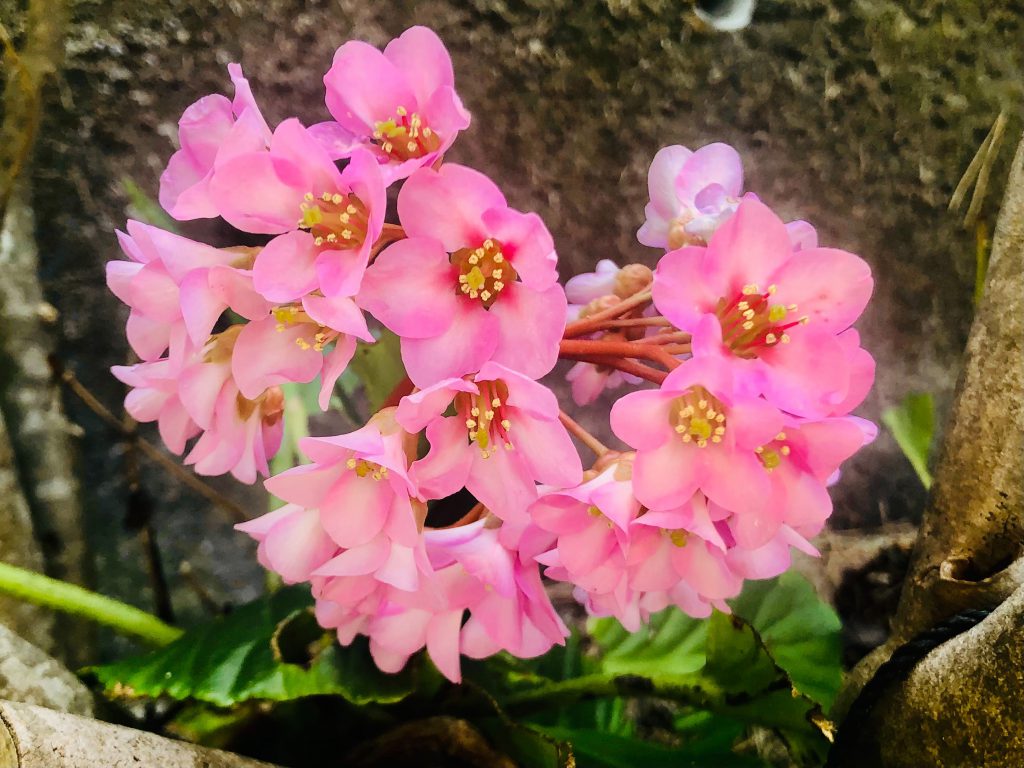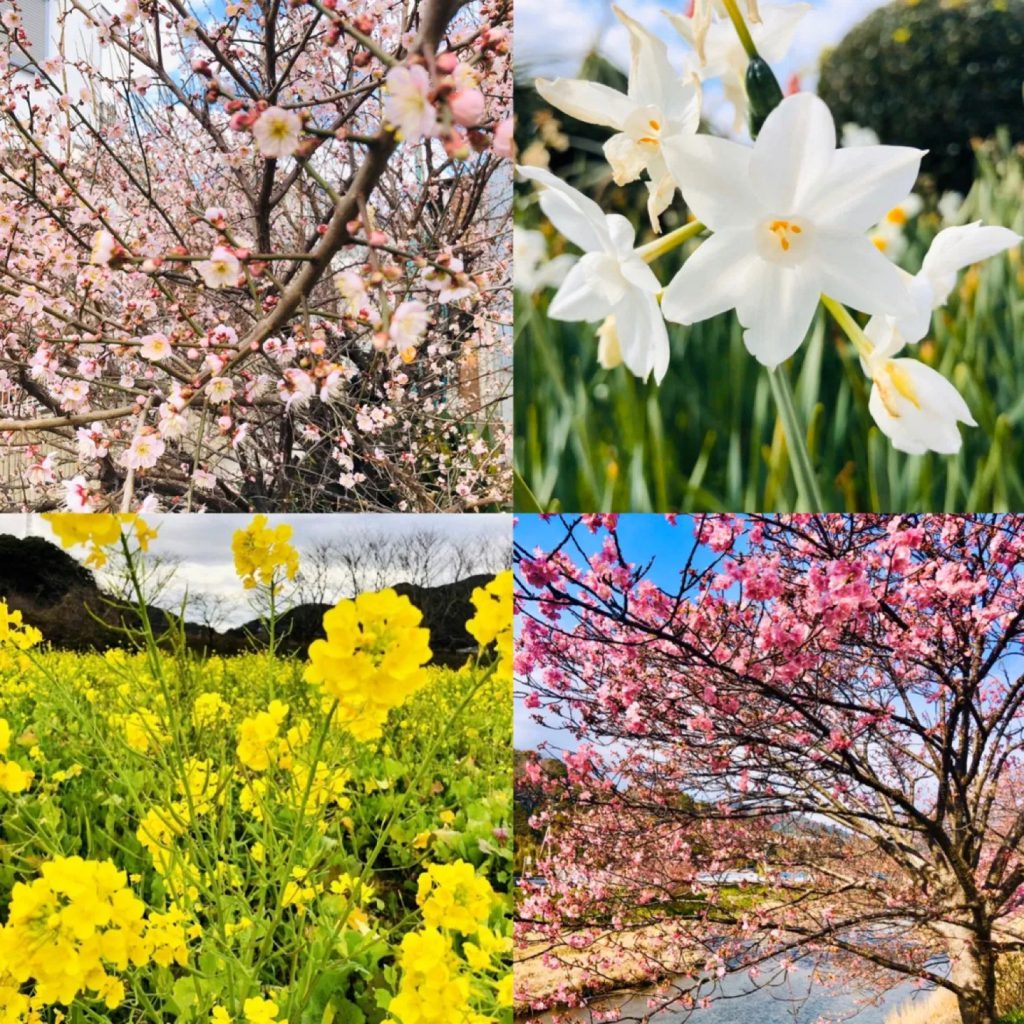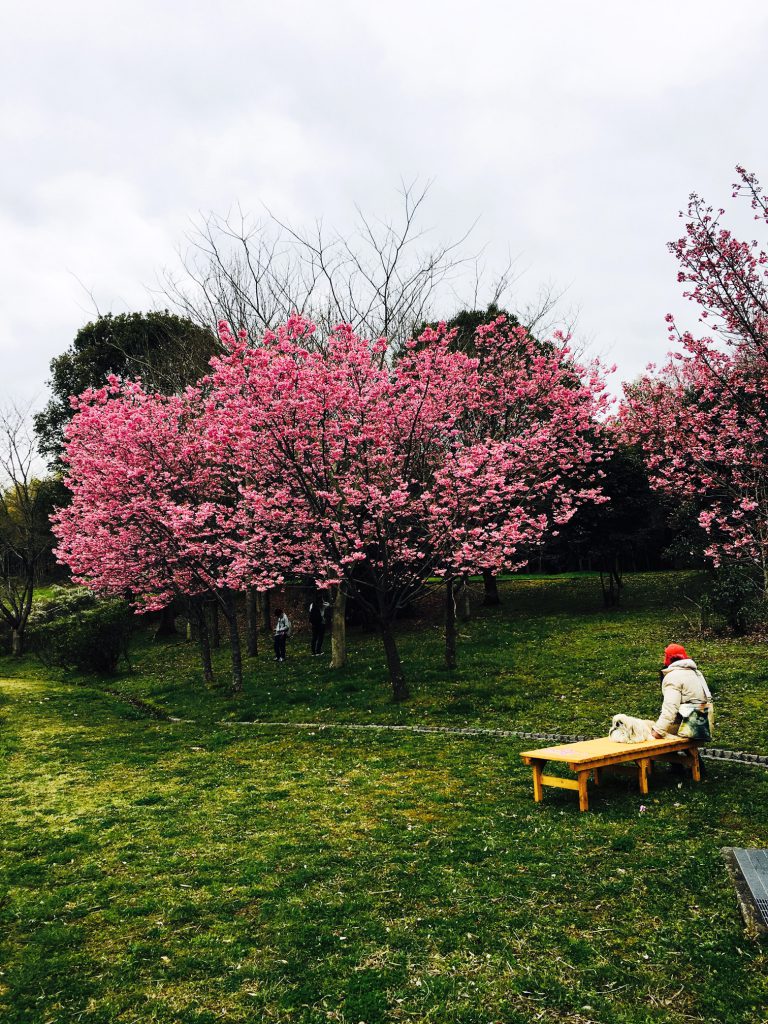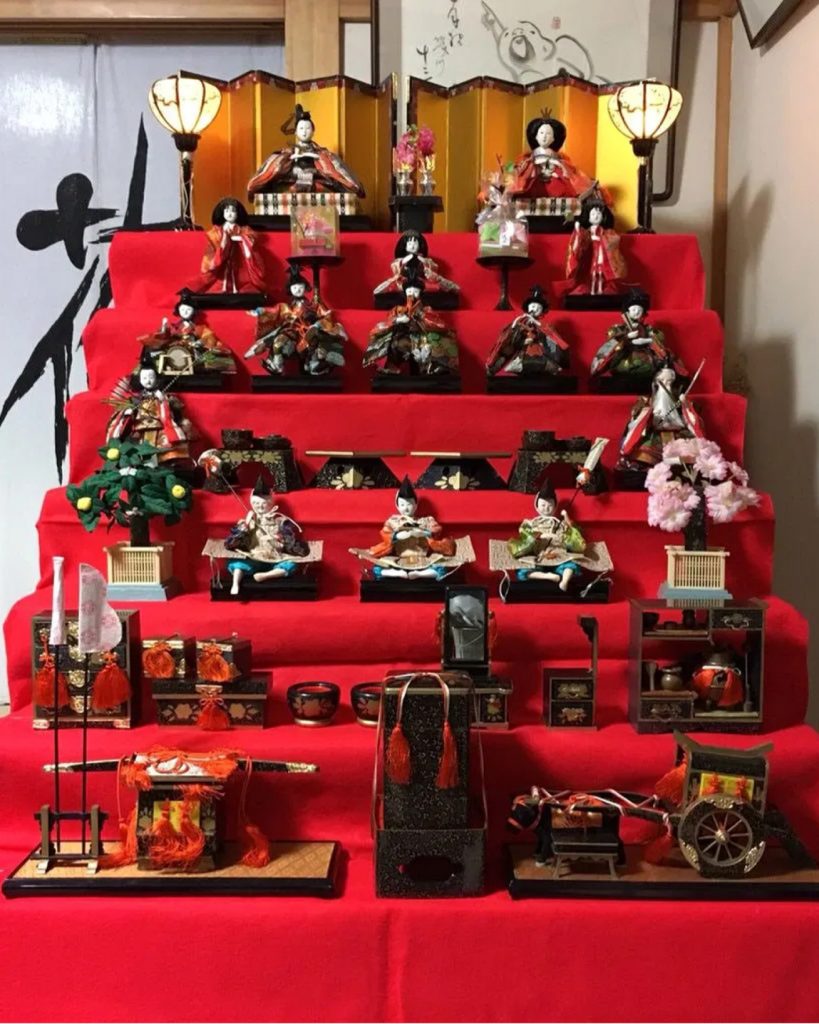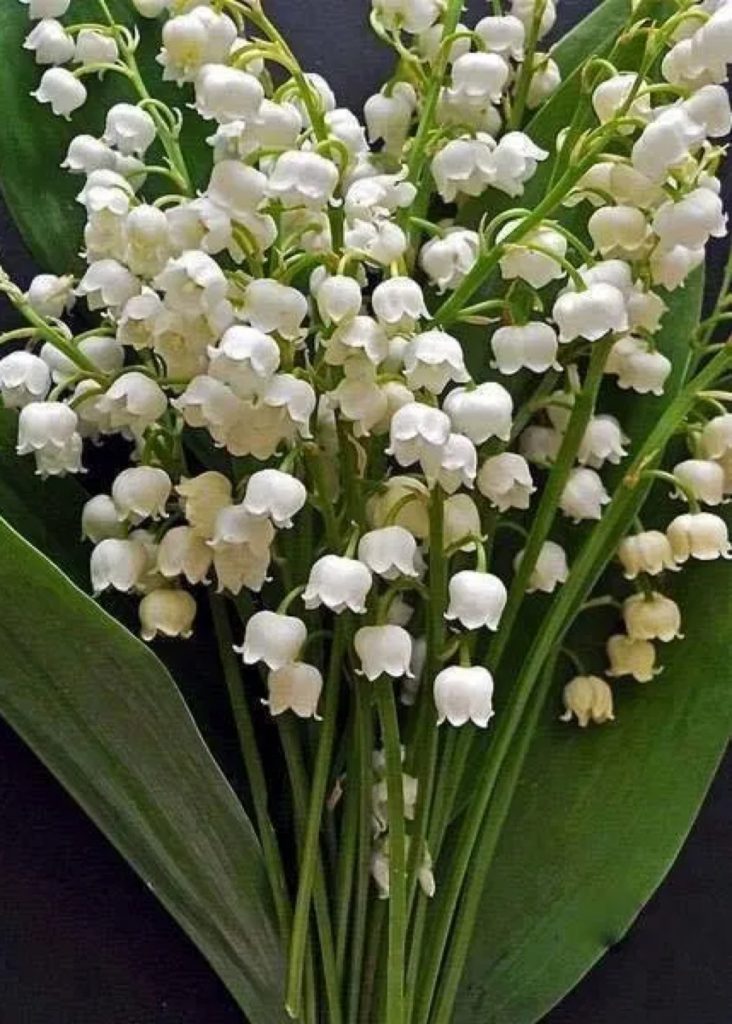
Chile (M9.5, 1965), Alaska (M9.2, 1964), Sumatra (M9.1, 2004), Kamchatka (M9.0, 1954) and the 2011 off the Pacific coast of Tohoku Earthquake (M9.0, 2011), these are huge earthquakes since the beginning of seismic observation on the earth. It is said that earthquakes of these magnitudes affect the inclination of the earth’s axis and also have an observable effects on the orbital period, so you can see how big these earthquakes were. The scary thing is that all of these big earthquakes surround the Pacific coast. Japan is in the middle, so I don’t know when and where it will be hit by another big earthquake. The Tohoku-Pacific Ocean Earthquake was probably the worst of the above-mentioned giant earthquakes, not only because of the damage caused by the earthquake and tsunami, but also because of the Fukushima nuclear accident. It was also a shameful earthquake that combined natural disasters and man-made disasters. I think that taking this experience and remorse firmly and preparing for a major earthquake that may occur in the future is the best reward for the 20,000 spirits.
チリ(M9.5、1965)、アラスカ(M9.2、1964)、スマトラ(M9.1、2004)、カムチャッカ(M9.0、1954)そして東北地方太平洋沖地震(M9.0、2011)。地球上で地震観測が始まってからの巨大地震です。これ位の地震になると地球の地軸の傾きにも影響し、公転周期にも観測できる程度の影響があるといいますから、いかに大きな地震であるかがわかります。怖いのは、これら巨大地震がすべて太平洋の沿岸を囲む様に発生しているということです。日本はその中間にありますから、今後もいつ何時さらなる大地震に見舞われるかも分かりません。東北地方太平洋沖地震は、地震及び津波による被害だけで無く、福島原発事故が併発したという意味から、恐らく上記巨大地震の中でも最悪の地震であった訳です。天災と人災が合わさった恥ずべき地震でもあった訳です。この経験と反省をしっかり受け止め、今後も起こり得る大地震に備えることが二万人もの御霊に捧げる一番の報いだと思います。

